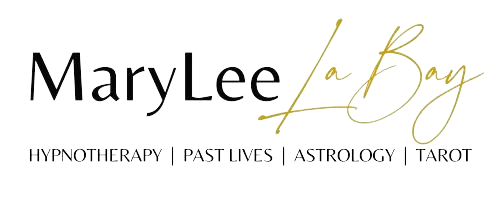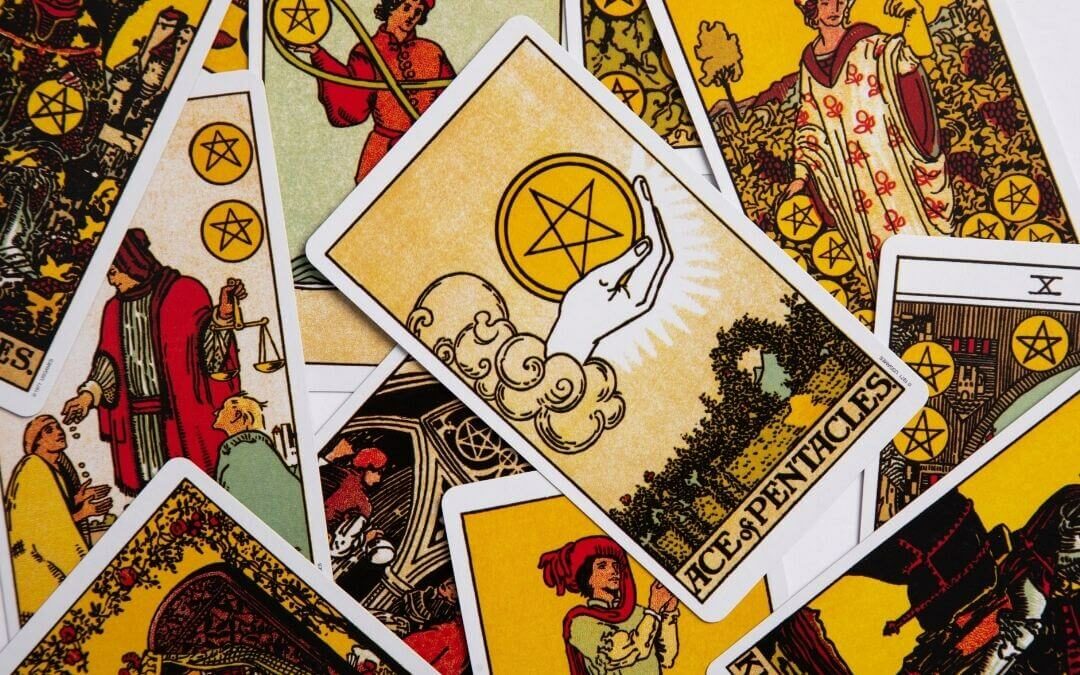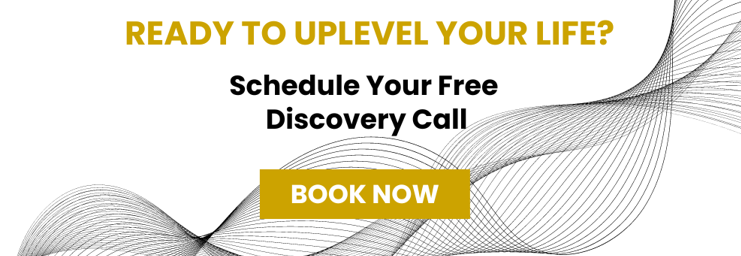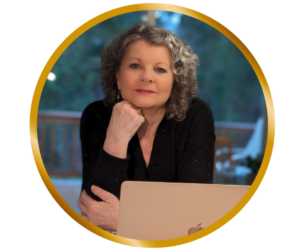Tarot is a wonderful tool for self-discovery and development. Not only can you learn how to read Tarot for yourself, but with a bit of time and practice, you can begin to read the cards for others too.
In the following post, I’ll share parts of my journey with this fascinating divination too. I’ll discuss:
- Why most people’s approach to Tarot fails
- My recommendations for choosing your first deck
- Card shuffling techniques
- The meaning of reversed cards and a simple approach to reading them
- Tarot card spreads, namely the Celtic Cross Spread
- The connection between Tarot and astrology
- The difference between Tarot and oracle cards
Why Most People’s Approach to Tarot Fails
Many people have Tarot cards, but instead of using them to their full potential, people will keep them stored on their shelves because they don’t know how to use them.
I started reading Tarot cards in 1967, and for the first dozen years of my Tarot reading experience, I did the same. I had numerous decks of cards, and I’d take them out, shuffle them, and try my hardest to understand what was going on. I wanted to know everything about the Tarot cards, and I wanted to offer readings. Like most people, I’d open my Tarot book and start at the beginning. I would start reading about The Fool, then The Magician, and then The High Priestess. I’d shuffle my deck, layout a card spread, and then look everything up in the book. But after a while, it just got tiring. Having to rely on a book isn’t an intuitive way of reading the Tarot
Eventually, I found a teacher that taught me how to read the cards, and now I’ve been doing professional readings for over 30 years. I also teach an online course to help others learn to read Tarot.
Instead of keeping your cards stored away, it’s worth taking the time to learn how to read the Tarot properly. Having a deck and knowing how to interpret a spread means you can turn to the cards for any kind of wisdom and insights. You can use your cards for so many things like:
- Interpreting dreams,
- Clarifying messages from your spirit guide,
- Looking into the motivations or the root cause of certain events and the direction life will go in the future.
How to Choose Your First Tarot Deck
As you begin to learn how to read Tarot cards, I suggest you choose either the Rider Waite deck, Robin Wood deck, or something similar. These decks have pictures depicting scenes that relate to the meaning of the card. These clues to the card’s meaning will help you learn faster and create a connection that will inspire your imagination and intuition. Once you find a deck you resonate with, make it your main Tarot deck. If you stick with one deck and learn it really well at the beginning, your intuitive energy is going to build and flow for you in just a short time.
Though I started out using the traditional Rider Waite deck in the late 1960s, when I was introduced to the Robin Wood deck two decades later, I was hooked. Her basic imagery follows the traditional Rider Waite, though Robin Wood’s use of color, symbols, and intricate details truly spoke to me.
Learning to read the Tarot is like learning to read a book. You need to understand the language and put it in context. I jokingly refer to the Robin Wood deck as my ‘primary Tarot language’. While I have quite a collection of other Tarot decks, it feels like they are of a somewhat different language and I don’t interpret them with as much speed or with such fluid intuition.
A Sampling of My Tarot Decks
I have a whole bookcase display of my Tarot cards. I’ve collected them on my travels, from various events, or just because they catch my fancy. Still, the Robin Wood deck is my primary go-to deck for readings. Over time, you, too, will find the deck that speaks to you.
- The Robin Wood Tarot deck. As mentioned, my favourite deck that I always use and that I teach with is the Robin Wood Tarot deck. Robin Wood is an artist from the Detroit area that I became friends with in the early 1990s. She’s incredibly talented and, as well as designing a Tarot deck, has drawn a lot of book covers for fantasy fiction and projects like that. The artwork of her Tarot deck follows closely with the Rider Waite Tarot, which is the widely-used traditional deck. The meanings are very similar but in her design, she uses a lot of Celtic motifs and emblems. Also, her use of colour is broaded. Where the Rider Waite deck sticks mainly to the primary colours of red, yellow and blue, the Robin Wood deck has very rich imagery, a lot of intricacy and more hues of the colours.
- Thoth Tarot Deck. The famous Tarot deck from Aleister Crowley, the Thoth Tarot draws inspiration from Egyptian mythology. I’ve tried to learn to read this deck, but I find it rather tedious. Unlike the Rider Waite or Robin Wood decks, the Thoth Tarot doesn’t use descriptive scenarios in the cards. The Six of Wands, for example, is simply a drawing of six wands. There is no indication of what the card’s energy is about, so you’ll need to memorize all of the cards’ meanings to interpret this deck accurately.
- Röhrig Tarot Deck. Another wonderful deck comes from a German artist called Röhrig. The deck is beautiful, and the artwork is quite special. In my opinion, the cards are a bit large so they’re a little more difficult to work with.
- The Steampunk Tarot. There are Tarot decks for every interest. Another set that I have is The Steampunk Tarot. It uses imagery and motifs from that period throughout. It’s fun to use on certain occasions even though it takes more effort to pull a cohesive reading together simply because it isn’t my “primary language” deck!
Reading with a less familiar deck is similar to reading a book that’s written in your second language.
How to Shuffle Tarot Cards
When I’m doing a reading, I shuffle the cards three different ways:
- Riffle or dovetail shuffle: The riffle method is the typical way of reordering poker cards in Las Vegas. Do this by dividing the deck into two halves, arching the cards with your hands over a flat surface, and then letting them fall so that cards from each hand alternate as they reform into one pile.
- Overhand shuffle: You’ll do the overhand shuffle by holding the deck loosely in one hand, grabbing a section of cards in the other hand, and placing them in a new position reordering the cards from the top to the bottom of the deck.
- Twisting: The other method that I use is twisting the deck. Here, you’ll grab a section of cards and rotate them so that various portions of the cards are upside down. I do this so that the cards fall in upright and reversed patterns in my readings.
While shuffling, I repeat the three methods several times while focusing on the question to be answered.
Reading Reversed Cards
When reading Tarot cards in a spread, having cards placed in both directions, upright and upside down, doubles my vocabulary. The direction the card is facing will change the meaning of the card. Understanding how to interpret cards in their upright and reversed directions provides a deeper interpretation of the spread.
In my online course, Wisdom of the Tarot, I teach card meanings in both the upright and reversed positions. You’ll gain a strong command of the cards and be able to interpret them in whichever direction they fall.
Reversed cards do not necessarily mean adverse outcomes.
I often hear people say that they don’t ever read reverse cards because they don’t want to see anything negative. It’s a common misconception that reversed cards signal adverse outcomes, and this isn’t always true.
For the most part, we interpret reversed cards as the opposite of their upright meaning. But being the opposite doesn’t make it destructive or harmful in every case. In the case of the Two of Wands, in the upright direction, it means taking action while reversed it means not initiating action. That is not negative. It’s a choice. Perhaps the outcome is improved by not taking action.
Take the Ten of Swords, as another example. In its upright or regular position, the card represents backstabbing, betrayal, or even death. In the reversed position, the meaning of the card actually improves and has a milder meaning. The same applies to other seemingly negative cards in the upright position like The Devil or The Tower. The reversed position of these foreboding cards softens the devastation, shock, or challenge.
That being said, when people say things like, “I don’t want to hear anything negative in my reading,” then why bother creating a reading in the first place if you’re not going to also look for the negative? If you only want to report on the good things in life, you’re depriving yourself or your client of a robust interpretation of a situation. While hearing about opportunities coming your way or a new love is always welcome, wouldn’t your life be better if you were forewarned of challenges so you could avoid poor decisions, health problems, and sabotaging people or be prepared to handle an upcoming financial burden?
A distinct benefit of reading the Tarot cards or receiving a reading is to empower you to deal with all of life’s adventures and situations.
The Celtic Cross Spread
There are many Tarot spreads that you can use to place and interpret the cards. Whichever spread you choose will largely come down to personal preference. My preferred spread is the Celtic Cross Spread.
The Celtic Cross Spread uses ten cards and places them in strategic positions, with each position adding further context to the meaning of the card. There are different versions of the Celtic Cross which lends some variations in the order of the placement and the meaning of that position. The Celtic Cross is a well-established pattern for a layout, yet with each Tarot instruction book you read, you may discover more variations in its use. You are welcome to choose which way you lay the cards out as well as how you will interpret the position. The important aspect is that you are consistent in how you do it each time. Consistency in the structure of your readings will bring consistency in the accuracy of your readings.
What is the Connection Between Tarot and Astrology?
Both Tarot and Astrology are tools for tapping into your intuition, understanding the roots of a situation, gaining perspectives of the past, examining the present, and peering into the future. Tarot uses cards and Astrology uses the patterns of the stars as depicted in an astrology chart to catalyze the intuitive process and bring forth the sought-after interpretation and wisdom.
Astrology uses a lot more mathematics and star positions. When I first learned astrology, I had to use a stack of books including the ephemeris that would give me all the star positions for the entire century, a book that listed the daylight savings times in every single county and country in the world during specific dates, plus logarithms and calculators. Back then, it would take about two hours just to draw up a natal chart. Now, I do it in about 30 seconds on a computer program.
There are similarities between Tarot and Astrology in what they can do, but differences in how you apply them. I turn to each for different reasons.
- I turn to the Tarot cards for answers to a specific question, to get details of the people and situations, along with suggestions for action steps to improve an outcome.
- I use Astrology to quickly understand the character and preferences of a person, observe energetic patterns, and gain awareness of opportunities and challenges present in the past and coming in the future.
What is the Difference between Tarot Cards and Oracle Cards
Tarot cards are different from Oracle cards yet have a similarity. The Tarot has a long history with card interpretations that have traditional meanings with stored energy that has been gathered over time. From deck to deck of Tarot cards, the meaning of any given card will remain fairly much the same. On the other hand, Oracle cards will differ from deck to deck. They are designed by the artist and the meanings and interpretations are uniquely given by the author or artist.
I use Tarot cards for full and detailed readings, while I use Oracle cards to receive a message, get a concept to contemplate, or stimulate my imagination in some way.
Both have their uses and their benefits.
From my own limited collection, some of my favorite oracle card decks are:
- The Creative Whack Pack. These cards are used to ignite imagination and creativity. You pick a card, read the card name, for example “Find a Pattern” or “Don’t Fall In Love With Ideas” and then read the author’s write up as to what it means.
- Dream Cards. These have beautiful artwork. You can ask a question or hold a concept in mind, pick a card. and then there are pictures that will elicit thoughts and emotions and perhaps help in dream interpretation.
- Aboriginal Spirit Oracle. This is a deck I picked up in Australia. The deck uses Aboriginal art and stories with more explanations in the booklet. You pick a card and look it up in the booklet. There you find a traditional Aboriginal story along with a message for you to contemplate.
Whether working with Tarot cards or with Oracle cards, it always comes back to being your personal journey, your interpretation and how you wish to apply it to your own life. The more you use the cards, the more energy is stored, creating a greater connection between you and the cards, and improving their accuracy and meaning.
To watch me doing live readings during a presentation, click on the links below.
Live Readings:
- Live Tarot Reading: This person asked about a toxic relationship with a client.
- Live Tarot Reading: This person asked about combining her art career with energy healing and hypnotherapy.
- Live Tarot Reading: This person asked about making a major change in career. She wants to write a book but leaving her day job to follow this passion puts her in a scary position.
Ending Thoughts
Being able to read the Tarot cards has been a joy that has enriched my life for decades. Using them has strengthened my psychic abilities, given me answers and guidance, and allowed me to guide myself and others along the path of life. While it seems a bit daunting in the beginning, it doesn’t take long to learn the cars with the right guide and focused practice. The rewards far outweigh the effort to get there.
You’ve already taken a small step by reading this article that has explained why many people fail in learning to read Tarot cards, how to choose a deck and shuffle them, and why you want to learn to read the cards both upright and reversed. You’ve learned about the connection between Tarot and Astrology and the difference between Tarot and Oracle cards. All that’s left is to purchase your deck or dust off the deck that has been sitting on the shelf. Then, find someone who can show you the ropes and ensure that you have a thorough understanding of the cards, the layout, and the intricacies of giving an accurate reading. You’ll be happy you did!
If you’re interested in a quick and easy way to learn to read Tarot and receive all the information you need to go from novice to professional (if you choose), check out my course on Teachable: The Wisdom of the Tarot.



